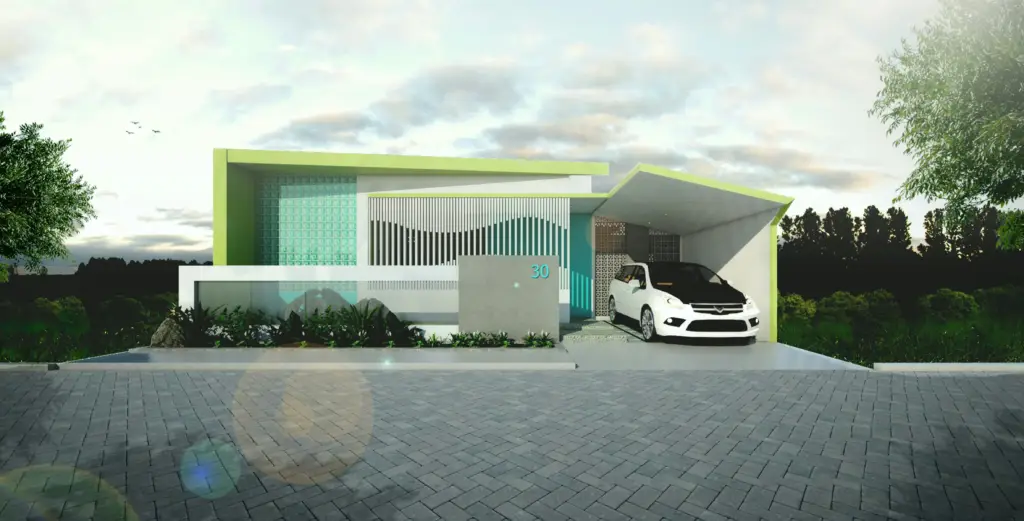
Image by Hans Art.Id on Unsplash
Introduction
Welcome to the world of architectural designs, where creativity and functionality shape the spaces around us. This guide is crafted for beginners, students, hobbyists, or anyone curious about architecture design.
We’ll cover essential principles, the design process, modern tools, and sustainable practices to help you understand and start creating. Our goal is to provide clear, practical insights to ensure you feel confident in exploring this field. Let’s begin!
Understanding Architectural Designs
Architectural designs are the plans and concepts that define buildings and spaces, combining aesthetics, functionality, and sustainability. They integrate knowledge of climate, geography, and materials to create structures that meet human needs and blend with their environment.
As noted by Gharpedia, architectural design draws on multiple disciplines to ensure buildings are both practical and visually appealing.
For beginners, grasping what is architectural design involves recognizing its impact on daily life. Consider iconic structures like the Sydney Opera House, which balances innovative form with functional spaces.

Image by Photoholgic on Unsplash
Core Principles of Architectural Design
Creating effective architecture designs requires understanding key principles:
- Form: The shape and structure of a building, defining its visual presence.
- Space: How areas are arranged to ensure functionality and flow.
- Light: Using natural and artificial lighting to enhance aesthetics and usability.
- Materials: Selecting sustainable options like bamboo or recycled steel.
- Balance and Proportion: Ensuring elements harmonize, as seen in structures like the Parthenon.
These principles guide architecture designers in crafting spaces that are both functional and beautiful.
The Architectural Design Process
The architecture designing process follows a structured path from concept to completion. Key stages include:
- Programming: Define project goals, budget, and requirements.
- Schematic Design: Develop initial sketches and concepts, often using tools like sketching or CAD.
- Design Development: Refine designs, incorporating materials and structural details.
- Construction Documents: Create detailed drawings for builders.
- Construction Administration: Oversee construction to ensure alignment with the design.
This process ensures designs meet their intended vision.
Sustainability in Architectural Designs
Sustainability is central to modern architectural designs. Key strategies include:
- Energy Efficiency: Using solar panels or high-performance insulation can reduce energy use.
- Sustainable Materials: Bamboo, recycled steel, or reclaimed wood reduce environmental impact.
- Water Conservation: Rainwater harvesting systems, as seen in designs like the Bosco Verticale in Milan.
Sustainable design enhances both environmental impact and building durability.
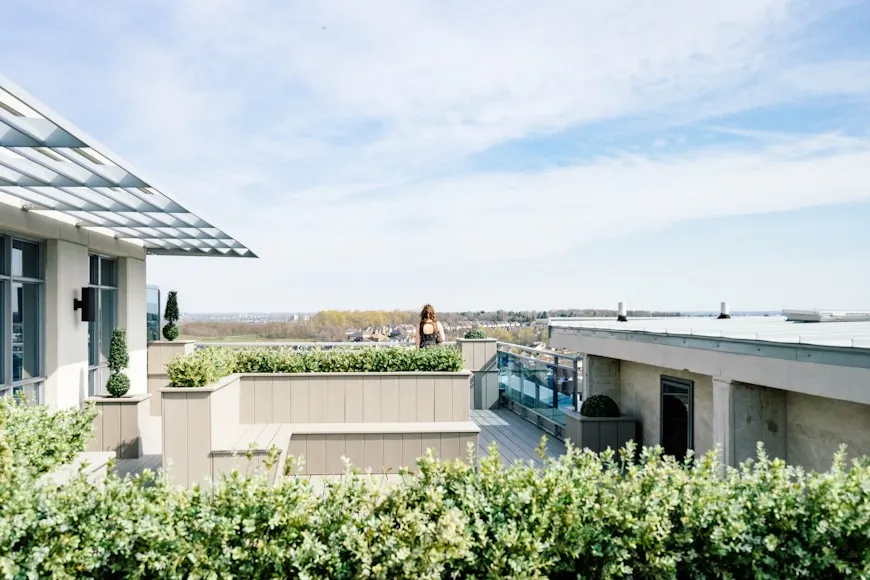
Image by Scott Webb on Unsplash
Imprexi: Redefining Architectural Designs
Imprexi is one of Nigerian’s top architectural firm. We specialize in architectural services, construction management, renovation and remodeling, consulting services and bespoke services.
Our user-friendly approach involves guiding clients through each step, from conceptualization to execution, ensuring designs are functional, sustainable, and aesthetically pleasing.
Getting Started as an Architecture Designer
Are you ready to explore architecture designing? Take the following steps:
- Education: Take beginner-friendly courses on platforms like ArchitectureCourses.org or Udemy.
- Practice: Sketch daily to build spatial awareness.
- Resources: Read books like Architecture: Form, Space, and Order by Francis D.K. Ching.
Connecting with professionals like imprexi can also spark ideas.
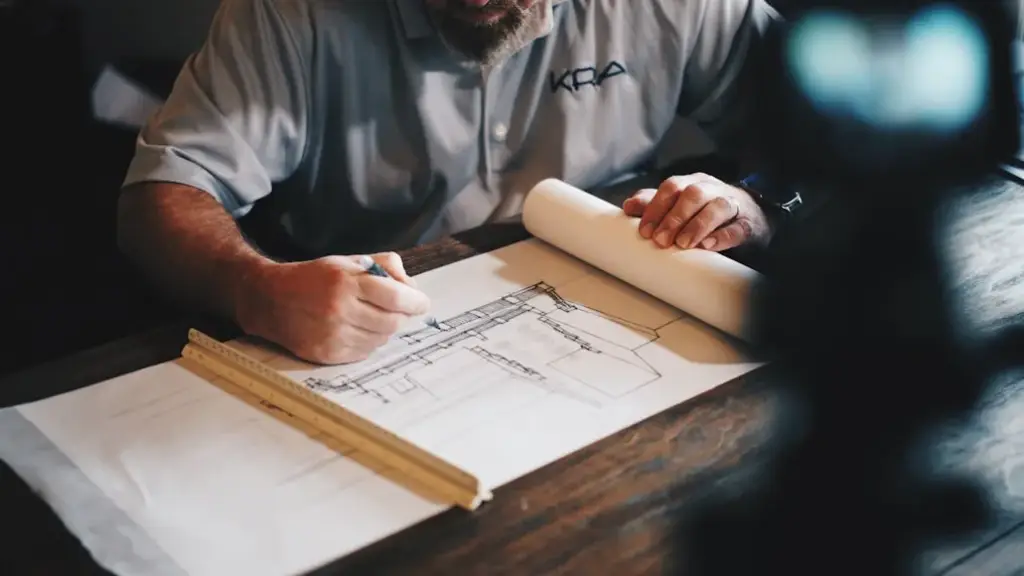
Image by Daniel McCullough on Unsplash
Common Challenges for Beginners in Architectural Designs
Beginners often face hurdles in architectural designs. Understanding complex software like Revit can be daunting, but starting with free tools like SketchUp helps.
Budget constraints may limit material choices, so exploring affordable options like reclaimed wood is key.
Additionally, grasping site analysis, evaluating climate and geography, requires practice. Joining forums like Archinect can provide support and feedback.
Future Trends in Architectural Designs
The future of architecture design is evolving with technology. AI tools like ChatGPT assist in generating concepts, while 3D printing enables rapid prototyping. Smart buildings with IoT integration enhance energy efficiency.
Beginners can stay ahead by exploring these trends through resources like Architizer.
Conclusion
Architectural designs combine creativity, science, and sustainability to shape our environments. This guide has outlined the essentials; principles, processes, tools, and sustainable practices, to help you start your design journey.
From sketching your first plan to exploring AI tools, the possibilities are vast.
Begin your path today by consulting our services at imprexi.
FAQs
What is architectural design?
Architectural design is the process of planning buildings, blending aesthetics, functionality, and sustainability to meet user needs.
What tools do beginners need for architectural designs?
Beginners can use sketching tools and free software like SketchUp, while AI tools like ArchiVinci aid rendering.
How can I learn sustainable architecture designing?
Study courses on ArchitectureCourses.org and analyze eco-friendly designs like Bosco Verticale for green practices.


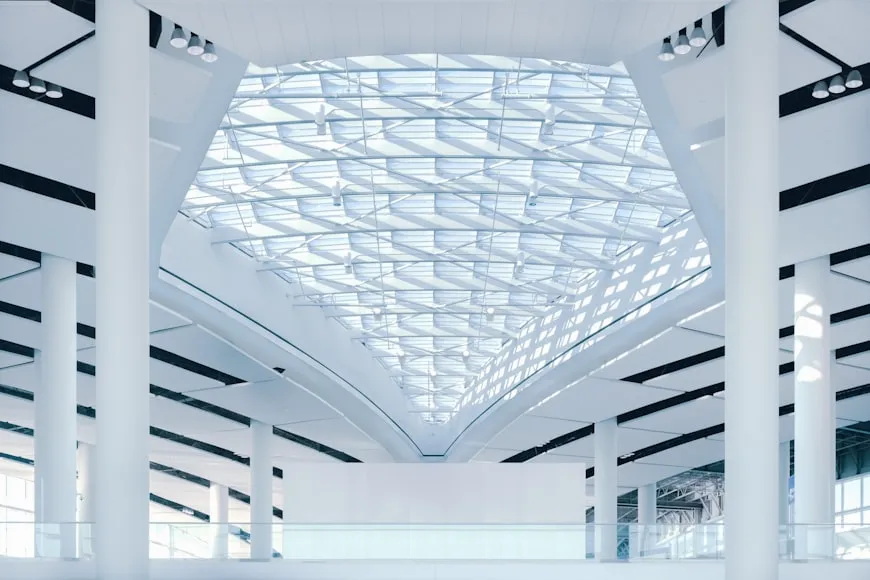
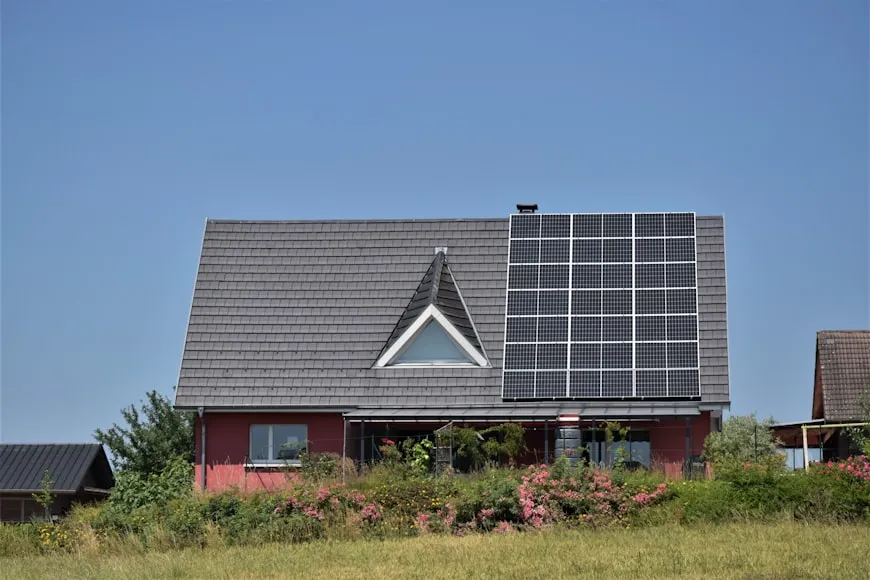

5 Comments